How to Choose PPE Based on Task & Skin Sensitivity

If you work in aged care, disability support, clinical settings, or even food prep, you probably use personal protective equipment (PPE) every single day. Gloves, masks, gowns — they’re all part of the job. But what if the thing that’s meant to protect you is also irritating your skin?
For people with sensitive skin, eczema, or allergies, not all PPE is created equal. Some materials can cause dryness, itching, or even rashes with frequent use. And then there’s the other side of the equation: choosing PPE that actually suits the task at hand — because what works in a quick nappy change isn’t always ideal for food handling or wound care.
In this guide, we’ll help you find that balance. We’ll walk you through how to choose PPE based on what you’re doing, who you’re caring for, and what your skin can handle — so you stay protected without compromising comfort.
Understanding Skin Sensitivities with PPE Use
It’s no secret that PPE — while essential for infection control — can be rough on your skin. If you’ve ever peeled off a glove to find dry, itchy hands or felt that telltale redness under a mask or gown, you’re not imagining it.
According to a 2022 study published in Nursing in Critical Care, skin reactions from prolonged PPE use are increasingly common among healthcare professionals. These can range from dryness and irritation to contact dermatitis, especially when PPE is worn for long hours or combined with frequent handwashing and sanitiser use.
The Most Common Skin Issues Linked to PPE
Research from the National Institutes of Health outlines several skin issues frequently reported in aged care and clinical settings:
- Irritant contact dermatitis (redness, scaling, and dryness from friction or exposure to latex, sweat, or soaps)
- Allergic contact dermatitis (an immune response to allergens like glove chemicals or adhesives)
- Acne or folliculitis from occlusive masks and facial PPE
- Pressure injuries or skin breakdown from tight mask straps, goggles, or gowns
The problem is especially common in high-use environments like aged care, hospitals, and disability support — where PPE is worn not just for minutes, but often for entire shifts.
️Who’s More at Risk?
According to a recent clinical review in Cureus, skin damage from PPE is more likely if:
- You have a history of eczema, psoriasis, or sensitive skin
- You wear gloves or masks for long, uninterrupted periods
- You frequently use hand sanitiser or harsh soaps
- Your skin is already compromised from weather, allergies, or medications
In aged care and NDIS support roles — where staff move between rooms, use gloves repeatedly, and sanitise hands dozens of times a day — skin barrier fatigue can quickly become a real concern.
Choosing the Right PPE for the Job (Without Wrecking Your Skin)
The best PPE protects both the person you’re caring for and you — without leaving you itchy, sweaty, or battling breakouts under your mask by the end of your shift.
But not all PPE is designed with comfort in mind. If you’re working in aged care, disability support, or clinical environments, it’s important to match the right product to the task — and to your skin’s needs, too.
Here’s how to strike that balance.
1. For Basic Care & Low-Exposure Tasks (like mobility assistance, food service, or toileting)
You don’t always need head-to-toe coverage. But gloves, non-slip socks, and clean footwear can help prevent cross-contamination and slips, especially during hands-on support.
Try: Safeguard+ Blue Nitrile Examination Gloves

These gloves are lightweight, latex-free, and kind to sensitive skin — perfect for carers and support workers who wear gloves all day long. Textured fingertips improve grip, and the powder-free finish helps prevent irritation and dryness.
Try: BareMedical SafeFeet Non-Slip Socks
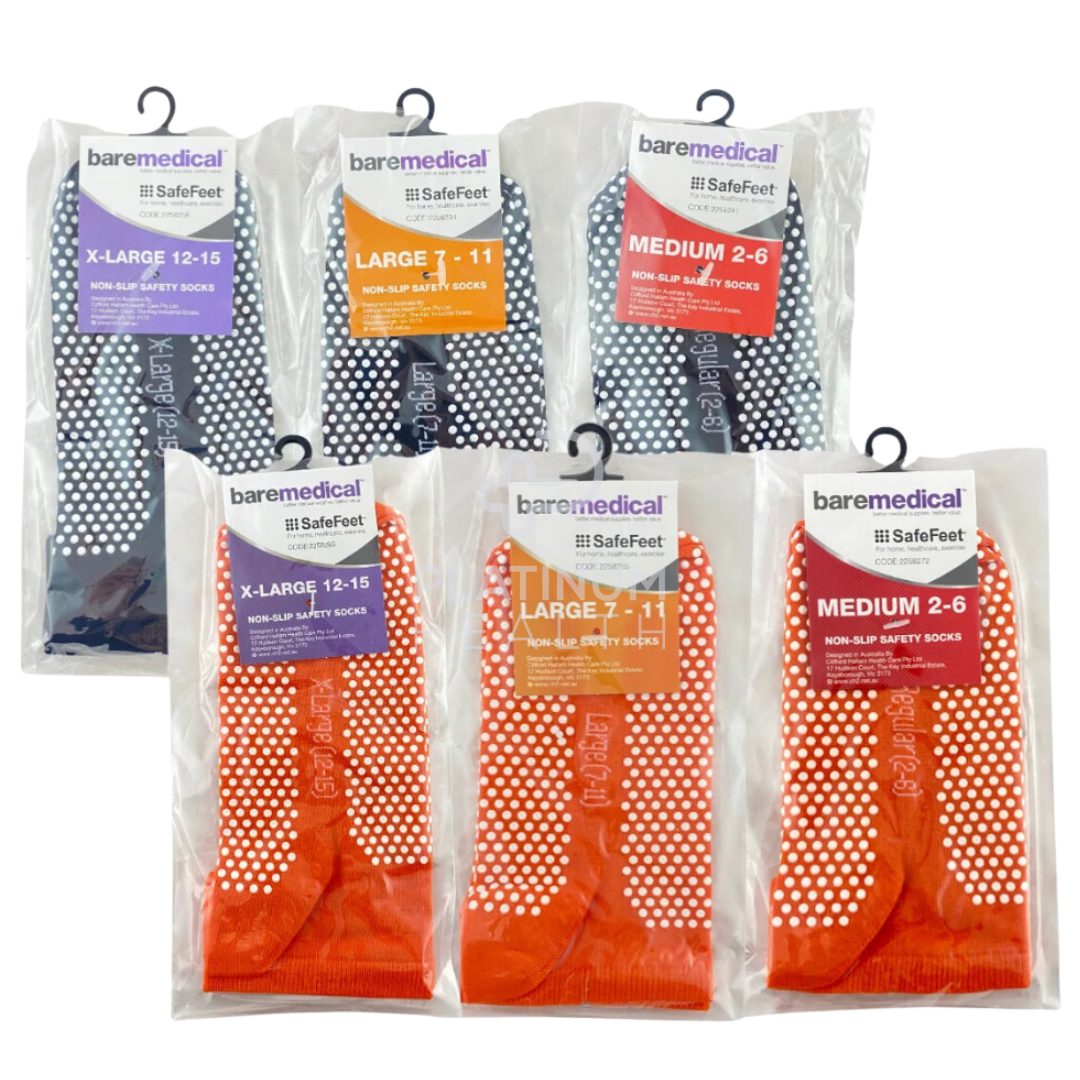
Support hygiene and fall prevention in one. These non-slip socks are ideal for residents or clients who need secure footing without the discomfort of shoes. They're disposable, comfortable, and make mobility assistance safer for everyone.
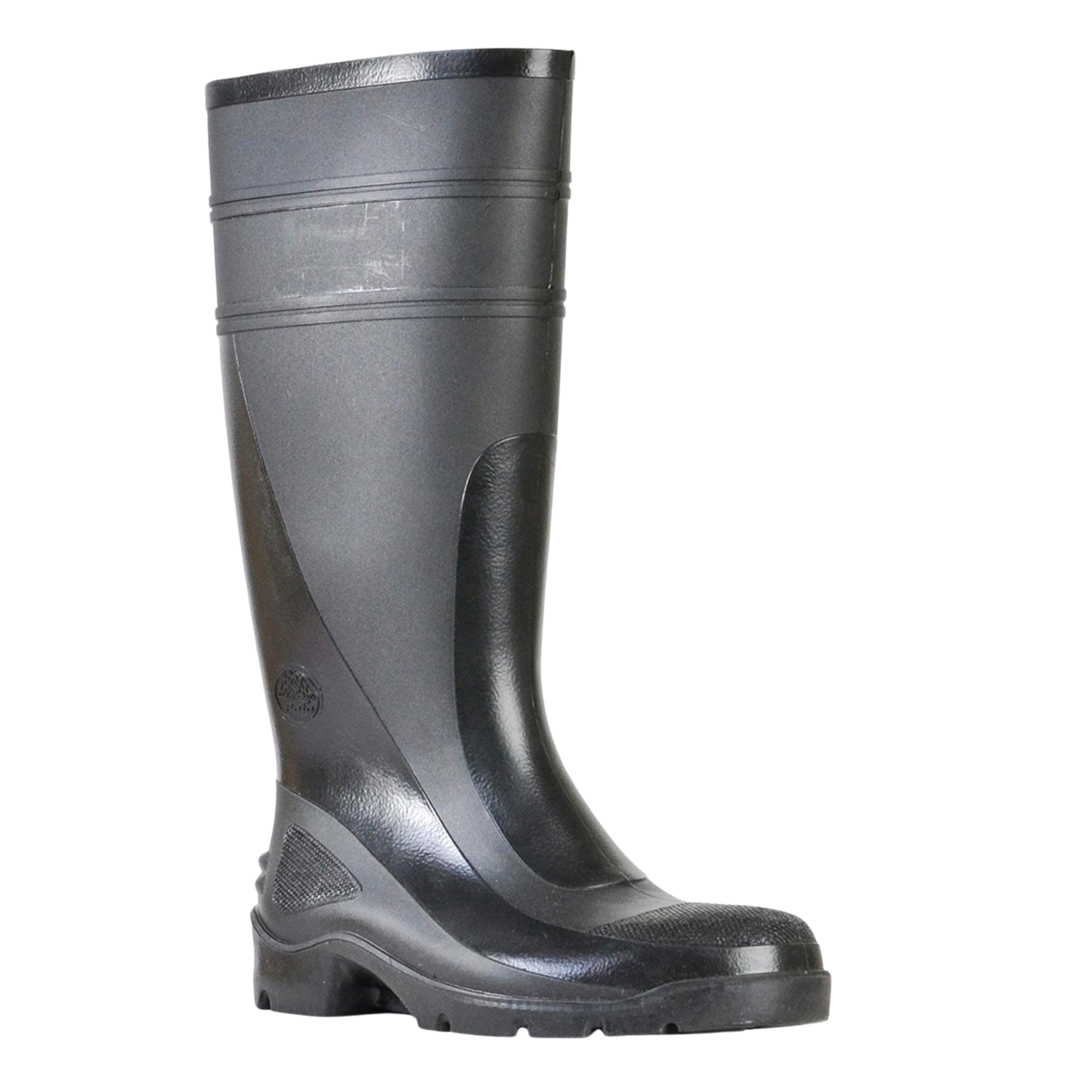
Perfect for wet areas or outdoor care, these tall, non-safety gumboots are easy to clean and offer strong grip on slippery floors. Built for all-day wear — without the fatigue.
2. For Clinical & High-Risk Care (like wound care, feeding tubes, or dealing with body fluids)
When you're dealing with bodily fluids or direct medical care, higher-grade PPE is essential — but that doesn’t mean it has to be uncomfortable.
Try: Clinical Level 3 AAMI Isolation Gown
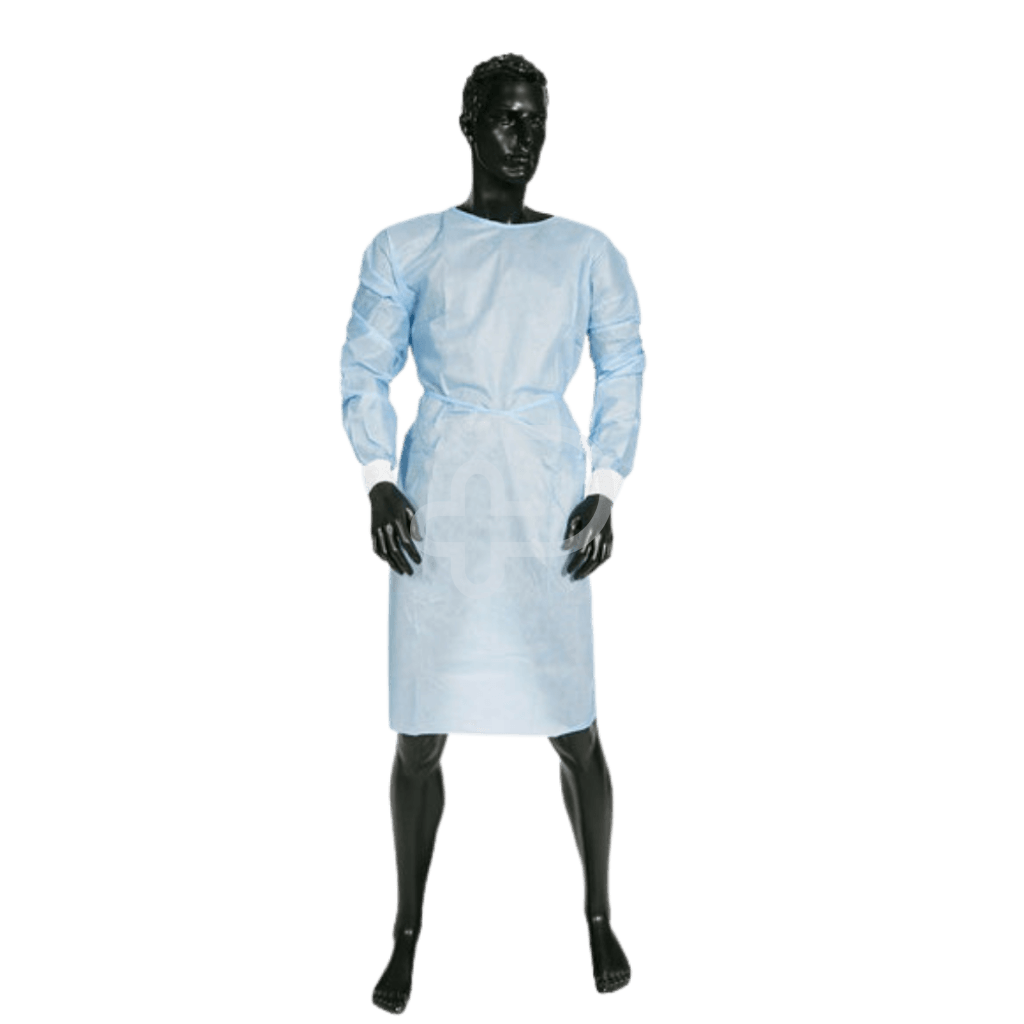
This gown gives you full, breathable protection without restricting movement. It’s impervious to fluids, oversized for layering over uniforms, and has soft-knit cuffs to prevent chafing at the wrists. Velcro closures make it easy to secure and remove without fuss.
Try: Disposable Anti-Skid Overshoe Covers (PP/PE)
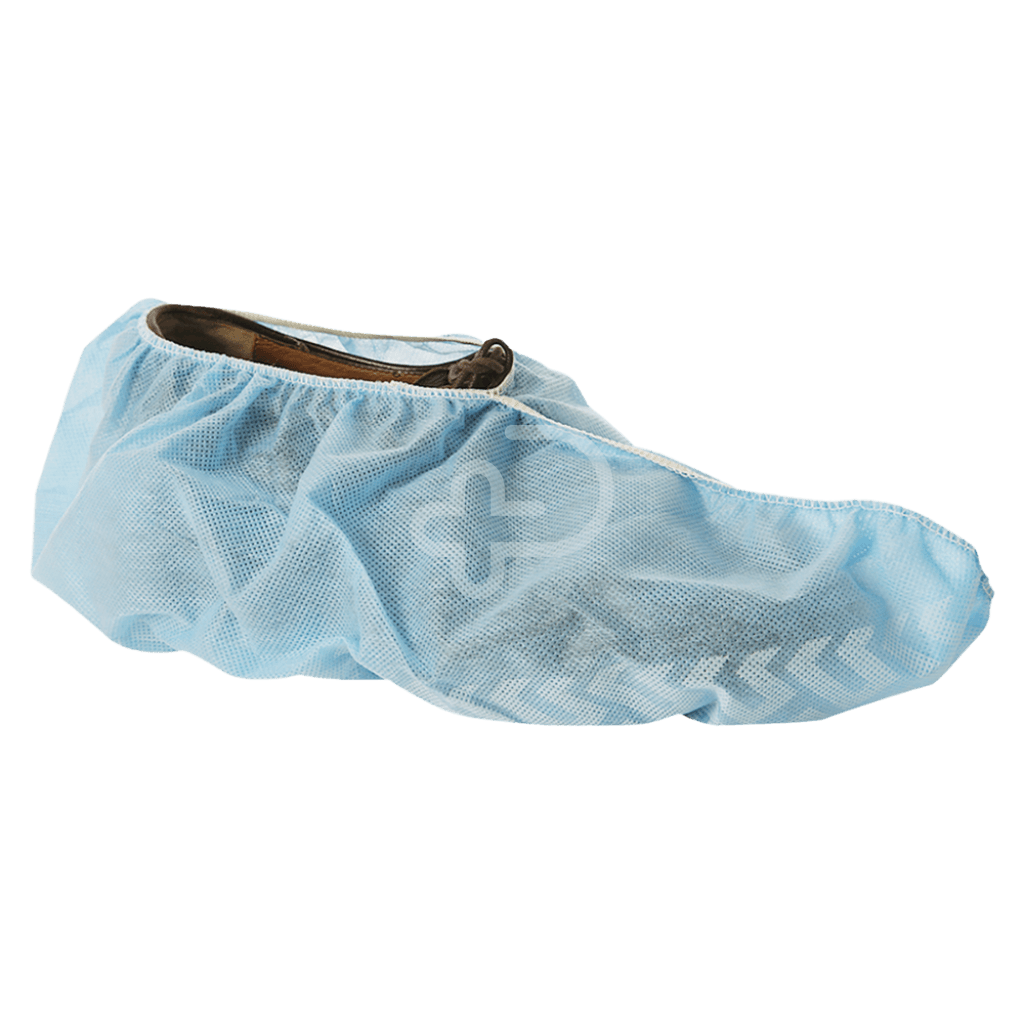
Protect shoes and reduce slip risk with these lightweight, anti-skid covers. Great for use in wet rooms or around medical equipment — and gentle on floors and feet alike.
Pair with the Safeguard+ gloves (above) for a full, skin-safe clinical PPE combo.
3. For Cleaning, High-Splash Tasks, or Infection Control
When you need full-body protection — think deep cleaning, sanitisation, or PPE in outbreak settings — opt for a coverall with breathability and moisture resistance.
Try: Force360 Repel Type 5/6 Coverall
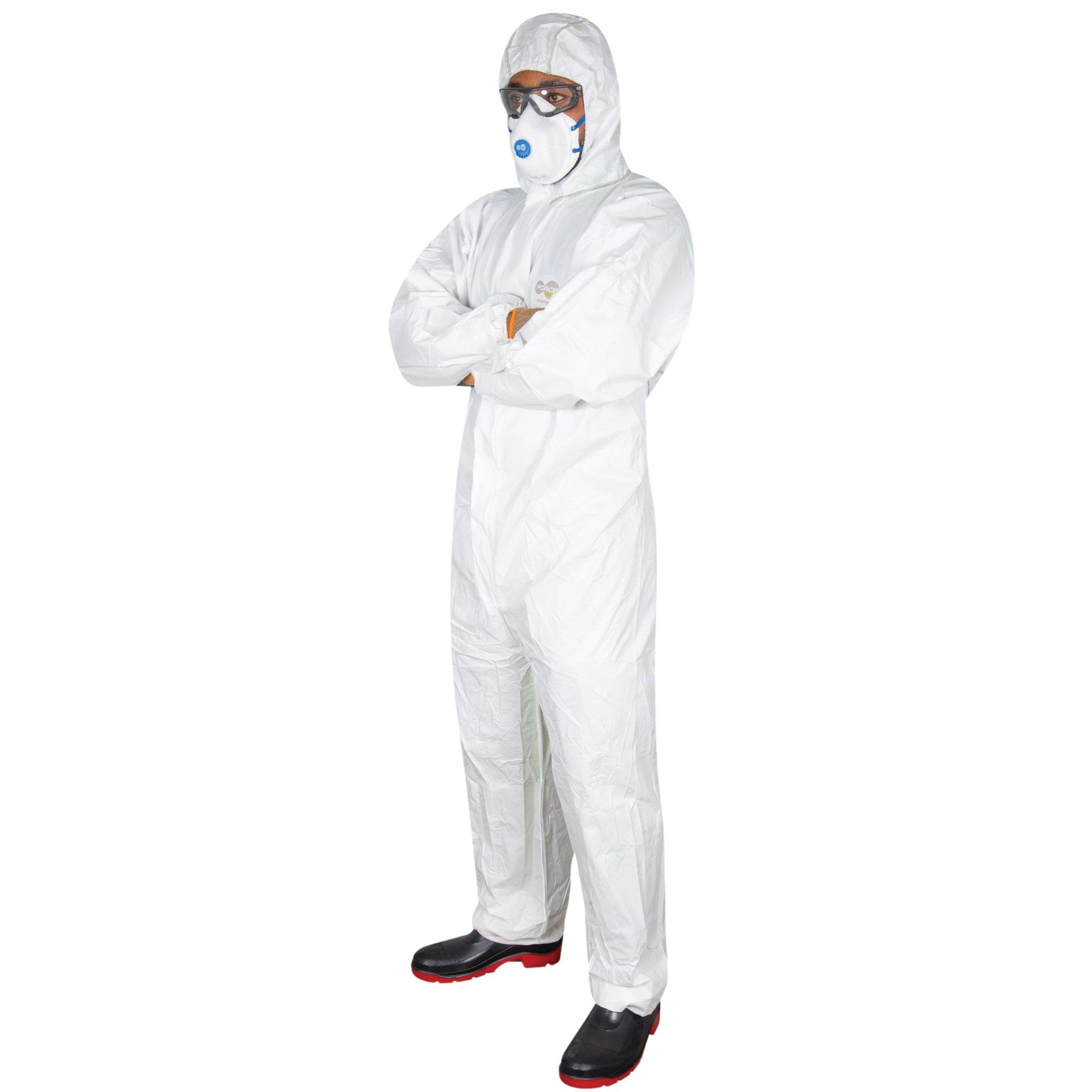
This lightweight coverall is both breathable and splash-resistant, offering Type 5/6 protection with a flexible fit that’s ideal for long tasks. It’s especially handy in infection control or outbreak response environments where full coverage is non-negotiable.
4. For Eye Protection During Messy or Aerosol-Producing Tasks
Even something as simple as emptying a continence product or using aerosol sprays can lead to splashes — and eyes need protection, too.
Try: ARC Vision Hammer Clear Safety Glasses
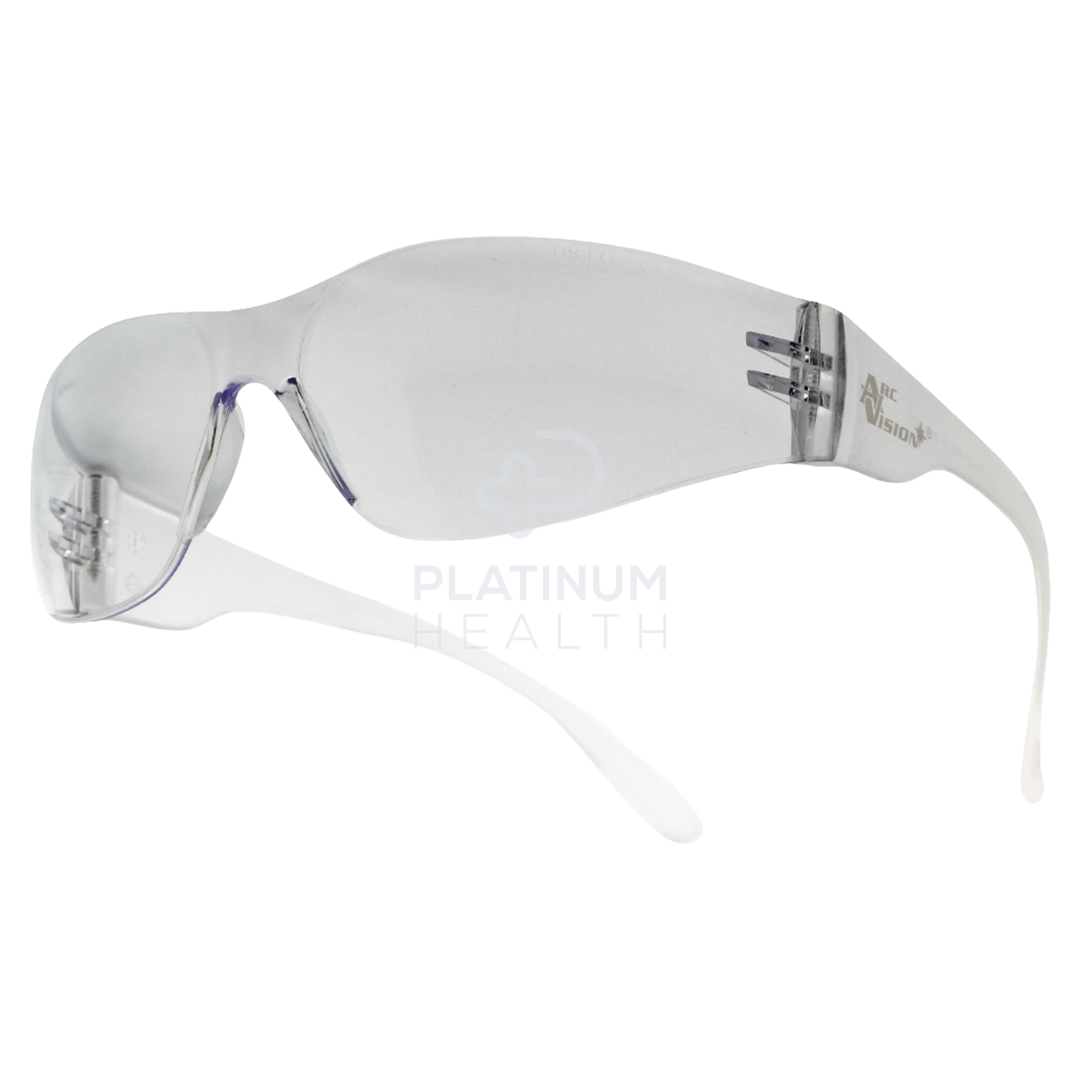
Lightweight, anti-fog, and optically clear — these safety glasses provide solid splash and dust protection without squeezing your temples. Perfect for cleaning, caregiving, or even light maintenance tasks.
Quick Tip: Comfort is Protection, Too
If your PPE makes you itch, sweat, or break out — you’re more likely to adjust it mid-task, increasing your risk of contamination. Don’t settle for “whatever fits.” Choose PPE that suits your task, body, and skin — so you can focus on the person you're caring for, not the gear you’re wearing.
Caring for Your Skin While Wearing PPE
If you’re wearing PPE all day — gloves, masks, gowns, or goggles — you’re probably familiar with the skin side effects that come with it: dryness, itching, breakouts, chafing, or even raw patches. And if you already have sensitive skin, PPE can push things over the edge.
The good news? A few simple skincare habits can make a huge difference in comfort — and help you avoid the dreaded “PPE rash.”
Here’s how to protect your skin before, during, and after PPE use — without overcomplicating your routine.
1. Start with a Clean, Moisturised Base
According to Victoria Health, a moisturiser with good barrier support should be applied at least 30 minutes before putting on PPE. This helps reduce friction, prevent breakdown, and lock in hydration.
Avoid heavy oils or thick balms that may clog pores — especially under masks. Go for lightweight, fragrance-free creams or ointments suited to your skin type.
2. Prevent Mask-Related Breakouts (AKA “Maskne”)
Tight-fitting masks can trap heat, sweat, and bacteria — which can lead to breakouts around the mouth, nose, and jawline. As outlined by Go-To Skincare and Paula’s Choice, prevention starts with:
- Washing your face with a gentle, non-stripping cleanser before and after wearing a mask
- Using a light, non-comedogenic moisturiser to reduce friction
- Avoiding makeup under PPE, which can clog pores
3. Rehydrate After You Remove PPE
Once you’re off-duty, moisturise again — ideally with a barrier-repairing cream or ointment, especially on hands and around the mask line. Look for ingredients like ceramides, niacinamide, or petrolatum to soothe and protect skin that’s been under pressure.
Don’t forget to treat the hands — repeated glove use and sanitiser can cause significant dryness or cracks. If you’re using gloves for long periods, consider applying a gentle hand cream between shifts or at the end of the day.
4. Watch for Early Signs of Skin Damage
Red patches, flaking, stinging, or tenderness are all signs your skin barrier is crying out for help. If you spot these early, you can adjust your skincare routine before things get worse. If skin breakdown or contact dermatitis develops, speak to a GP, pharmacist, or wound care nurse for support.
PPE Tip + Skincare Rule of Thumb
If it rubs, pad it. If it dries, moisturise it. If it breaks out, cleanse and protect it.
Healthy skin is safer skin — and with the right routine, you can stay protected without sacrificing comfort.
The Right PPE Should Work With You, Not Against You
Choosing PPE isn’t just about ticking boxes — it’s about protecting your health, your skin, and your ability to keep doing the important work you do every day. Whether you’re in aged care, disability support, cleaning, or clinical care, finding the right fit (literally and figuratively) makes all the difference.
From powder-free gloves that don’t trigger flare-ups, to breathable gowns, secure safety glasses, and coveralls built for real movement — the right PPE is out there. And we're here to help you find it.
Need Help Choosing PPE or Skincare Support Products?
Come visit us in person at the Platinum Health Supply Group showroom in Epping. We stock a wide range of PPE and skincare solutions for all kinds of roles — whether you’re buying for yourself, your team, or your organisation.
Unit 2/51 Trafalgar Road, Epping VIC 3076
Open Monday to Friday: 9:00 AM – 5:00 PM
Our friendly, knowledgeable team can walk you through product options, explain features, and help you match the right PPE to your environment and sensitivities.
Prefer to shop from home? Browse our complete range of PPE online — with fast, Australia-wide shipping.
Because staying protected shouldn’t come at the cost of comfort — and you deserve gear that supports you, too.
Important Disclaimer
This blog is intended for informational purposes only and is based on publicly available health resources, clinical research, and best-practice care guidelines.
Platinum Health Supply Group is not a medical provider, and this content does not replace advice from a qualified healthcare professional. While we aim to provide helpful guidance on choosing PPE and caring for sensitive skin, every individual’s needs and health conditions are different.
If you or someone in your care experiences persistent skin irritation, allergic reactions, or symptoms like rashes, swelling, or discomfort while using PPE, it's important to seek medical advice from a GP, dermatologist, or occupational health specialist. Delaying care can lead to worsening skin conditions or complications.
Always follow workplace safety procedures, check product instructions, and consult a healthcare provider before making changes to your PPE or skincare routine.
